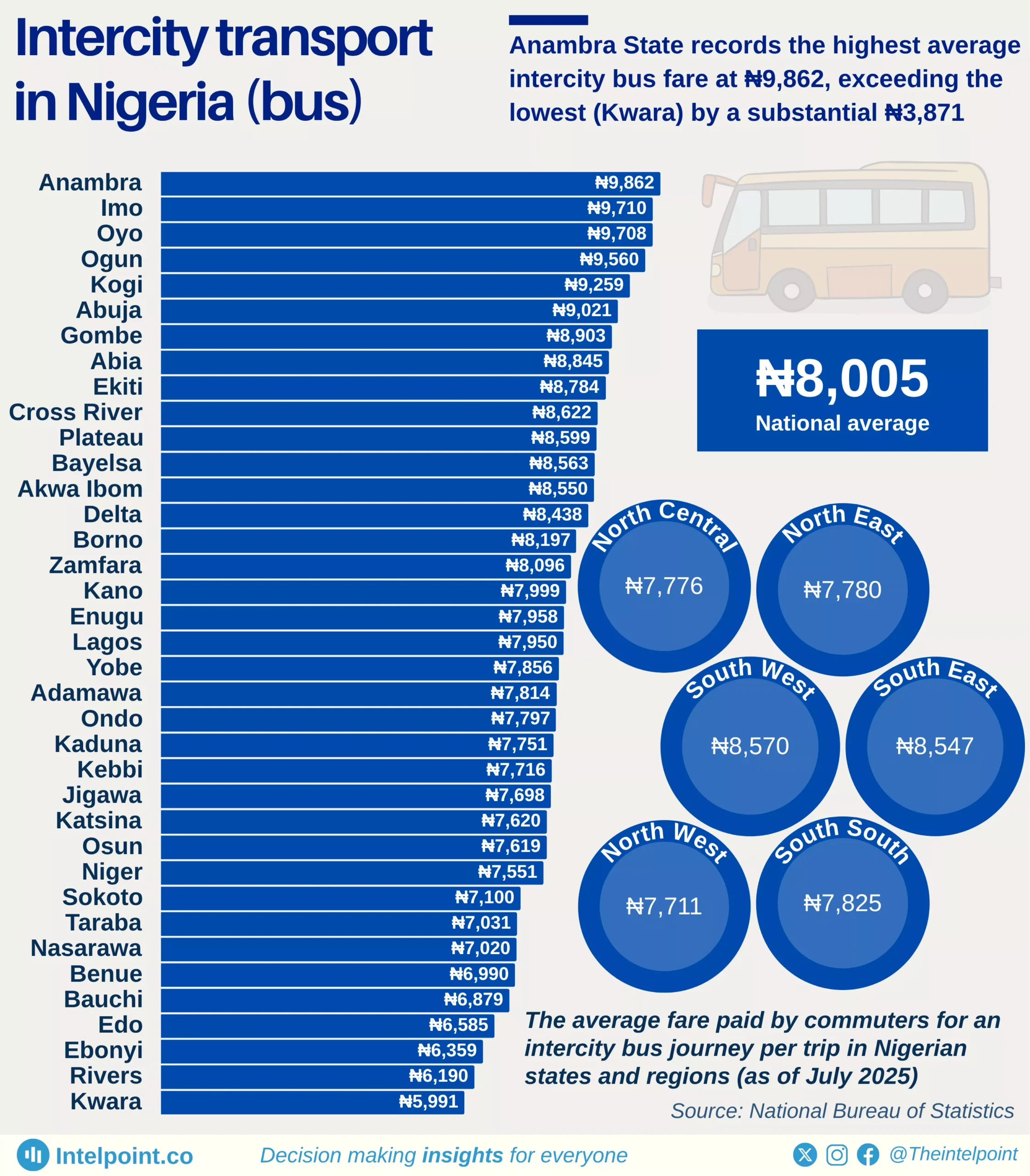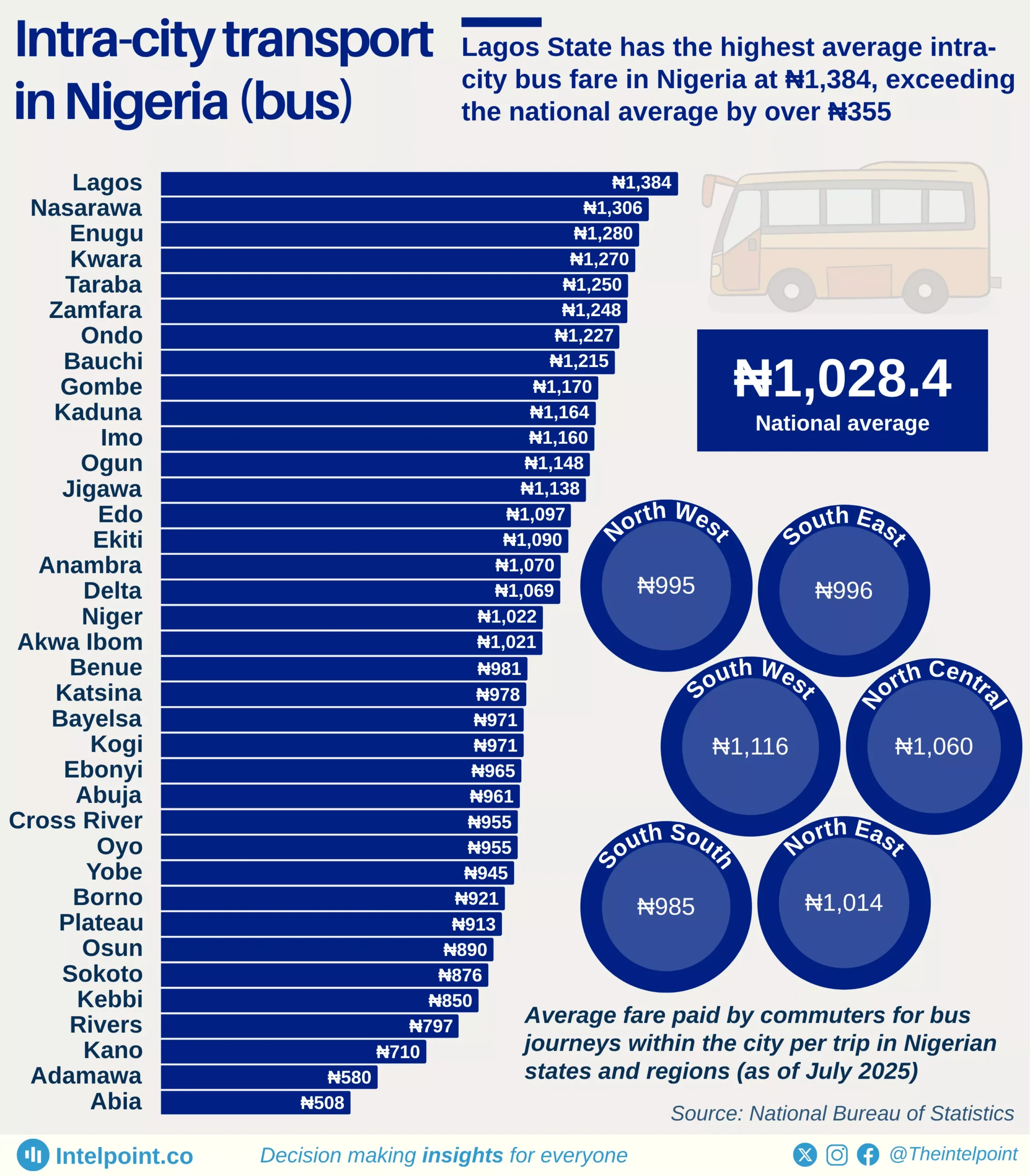Road accidents have long been a common occurrence around the world, and Nigeria is no exception. In the country, the leading causes of road accidents include speed violations, tyre bursts, disregard for traffic signals, and route violations. However, in recent years, there has been a noticeable decline in the number of road accidents.
Notably, the third quarter of 2024 recorded the lowest number of road accidents in the observed period, marking a significant 53% decrease compared to the same quarter in 2020. This steady decline appears to align with the series of petrol price hikes that began in May 2023, following the removal of fuel subsidies. Between May 2023 and September 2024, the pump price of Premium Motor Spirit (PMS) rose by approximately 332.7%, potentially contributing to reduced road usage and, by extension, fewer accidents.





